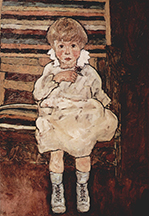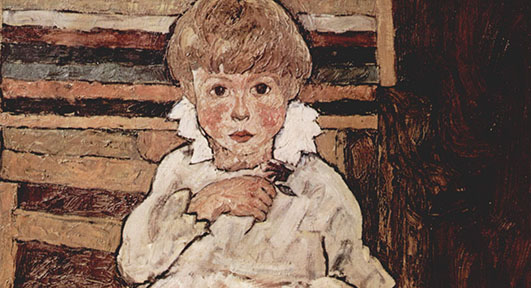Poet and educator Jane LeCroy was part of T&W’s Common Core Leadership Team of writers who developed creative writing teaching resources that are aligned with the requirements of the Common Core State Standards for English Language Arts in science and history/social studies. In this lesson plan, LeCroy offers ideas for addressing a question from New York City’s K–8 framework for science: How do human body systems function to maintain homeostasis? T&W thanks the William T. Grant Foundation and The Cerimon Fund for their generous support of the Common Core resources initiative.
Lesson Overview
Genre(s) taught: Poetry
Grade(s) taught: 7th grade
Download: My Lungs
Lesson Objectives:
Students will:
- Reflect on prior knowledge of the respiratory system
- Learn how to create a black-out poem
- Make choices about key information about how the lungs function
- Explore figurative and poetic language and structure
Common Core State Standards:
(Refer to the English Language Arts Standards > Reading: Literature > Grade 7 and the English Language Arts Standards > Writing > Grade 7)
CCSS.ELA-LITERACY.RL.7.4 Determine the meaning of words and phrases as they are used in a text, including figurative and connotative meanings; analyze the impact of rhymes and other repetitions of sounds (e.g., alliteration) on a specific verse or stanza of a poem or section of a story or drama.
CCSS.ELA-LITERACY.W.7.9 Draw evidence from literary or informational texts to support analysis, reflection, and research.
Guiding Questions:
- What do you know about the respiratory system?
- What did you discover through the black-out poem process? How did you make choices about which words you wanted to keep for your poem, and which words you wanted to remove?
LESSON
Warm-up activity:
Ask students to place their hands on their chests. Model taking a deep breath in through the nose and letting it out through the mouth—just breathing, not speaking. Invite students to picture their respiratory system working. Ask students what they noticed about their breath, or if there was any part of imagining the respiratory process that was difficult. (e.g., they don’t know where their diaphragm is, or which direction it moves in, etc.).

Introduction:
Hand out “Everything Every Time” by Brian Russell and read the poem as a group. Read the poem aloud, and then give students an opportunity to read the poem again silently to themselves before they write answers to the following questions:
- What images grabbed your attention?
- What were the repeating images or words?
- What do you imagine is happening in the poem? Is someone sick? Who?
- What do you notice about the form of the poem?
Optional Addition:
Hand out the Los Angeles Times article “Brian Russell’s year of living dangerously.” Read the first few paragraphs so that the students realize that Russell has imagined his wife dying of cancer as the inspiration for a book of poetry. Ask students what they think of this choice.
Transition:
Tell students: We are going to create a poem about lungs, but instead of writing our own words we are going to approach the process by removing language from an existing piece.
Model/Mentor Text: Distribute copies of the National Geographic “Lungs” essay. Ask students to pair with a partner and alternate reading paragraphs to one another. Ask students if they learned anything new, or have any questions about the reading.
Pass out the “Intricate Construction” or put it up on a SMART Board so students can see it. Explain that the piece is a “black-out poem” created by eliminating some words in the National Geographic “Lung” essay. Read the poem aloud. Ask students if they think that some of the main points of respiration were covered in the poem? Do they think there is information in the original poem that should have been kept in?
Writing Activity:
Invite students to work in pairs to write a black-out poem from “Everything Every Time” that covers what they feel are some of the key points of the respiratory process. Encourage students to reflect on the language and form of Russell’s poem. Invite students to defend and justify their choices when they are different from their partner’s.
Closing:
Ask a few students to share their poems with the group. After each writer reads his/her work ask other students to reflect on what information or language the authors chose to keep, or remove.
Materials:
- “Lungs,” National Geographic
- “Intricate Construction”
- “Everything Every Time,” Brian Russell
- “Brian Russell’s year of living dangerously,” Los Angeles Times
Vocabulary:
Respiratory System, Lung, Diaphragm
Multi-modal approaches:
This lesson engages students with several learning styles, including kinesthetic (engaging students with a physical warm-up) aural (listening to the poem and essay), visual (using handouts with text and images) and interpersonal (partner work).
Jane LeCroy works as a poetry teacher in New York City schools through Teachers & Writers, and also teaches at a home school collective, and as an adjunct professor at Eugene Lang College. She is a singer/poet who records, performs regularly and tours with her main project, the avant-garde TRANSMITTING. You can find out more about her and her work at www.JaneLeCroy.com

